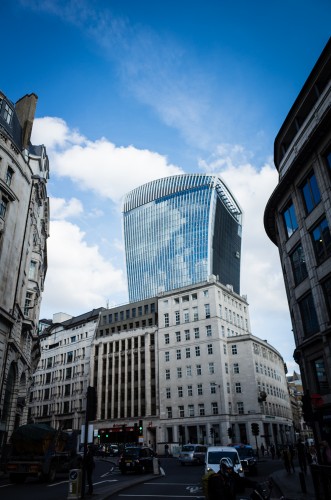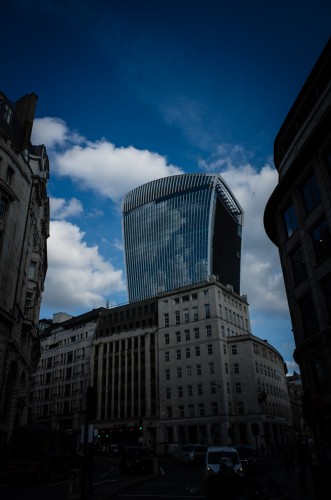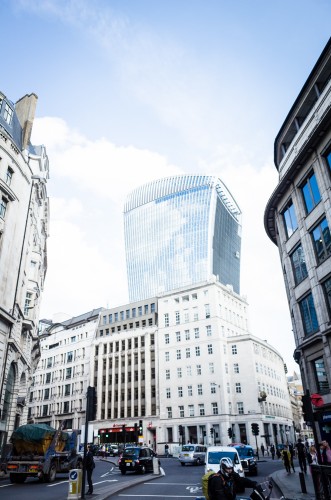What is Exposure?
Exposure is a fundamental element of photography. It refers to the exposure of your camera’s sensor to light. Good exposure is one of the most important things to get right when taking a photo.
Correct exposure usually means that the sensor has received the correct amount of light to create a photo that looks similar to the scene as viewed with the naked eye.
Over-exposure usually refers to an image that is brighter than the actual scene, and under-exposure usually means the image is darker than the actual scene.
When talking about exposure, photographers often talk about darks or shadows, mid or medium tones, and highlights or whites. These terms refer to different areas of brightness or darkness within a scene.
Darks and shadow are the darkest parts of the scene, from dark tones to complete black.
Mid tones are the parts of a scene which are a medium tone, neither very dark nor very light.
Whites and highlights are the brightest parts of the scene, from bright areas all the way up to pure white.
This scene in the photo below has highlights (the clouds), mid tones (the sky and the tower), and shadows (the street).
In the three different images of the scene you can see below, each has a different exposure; because in each photo the camera’s sensor has received a different amount of light.

Based on an average of the whole scene this photo is correctly exposed. Some detail in the darkest and lightest areas of the photo has been lost because they have gone completely black (extreme bottom of the photo) or completely white (in the clouds), but most of the photo is a mid tone such as the sky and the tower, and they appear as they do to the naked eye.

In general terms this photo is under-exposed. Most of it appears darker that the actual scene. We can see detail in the clouds though, which are the brightest park of the photo (the highlights), so we could also say that the photographer had exposed for the highlights in this case, and that the clouds are correctly exposed.

Overall, this photo is over-exposed. It is lighter than the scene appears to the eye. We have completely lost the detail in the clouds because they are too bright. However, we can now see the detail in the darkest part of the photo, and if this had been intentional we would say that the photographer had exposed for the shadows, and that the darker parts of the scene are correctly exposed.
In summary, different exposures of the same scene can result in very different looking photos, yet each can be correct in its own way.
